Dear Editor:
In your August 2003 issue John Murphy in an article titled “Deus le Veult!” discussed one of the most fascinating military operations in the history of the Crusades—the conquest of Antioch. This operation, like most of the military successes of the Crusaders, was decisively possible because of Armenians. I did not like the way Mr. Murphy portrayed the Armenians as a bunch of sneaky merchants who eventually caused the deaths of their Crusader brothers. “The Armenian and Syrian merchants raised the prices of food so high that much of the army could not afford to pay. Pitifully, they died of starvation.” Mr. Murphy continues: “With their [Crusaders] penchant for settling things by force, it remains one of the mysteries of the first Crusade why its leaders did not simply seize the merchants’ supplies and put to the sword those who held them back[!]” I think anyone with the slightest capacity of human comprehension would wonder what the hell these merchants were doing there in the middle of a military campaign in such a dangerous time and situation, and how they managed to impose their high prices on starving soldiers in the middle of their camps and make huge profits out of them!
Remo Alexandri
Glendale, California
Dear Sir:
I enjoyed Ludwig Heinrich Dyck’s article, “Defending the Pass” (October 2003), about the Battle of Thermopylae. It seems to me that King Leonidas is actually trying to do a Spartan version of Rocky. If you saw the first of the interminable series, Sylvester Stallone took on the heavyweight champion, not because he thought he could win, but to prove that he could put up a good fight. He did, and that’s why the sequels made a pile at the box office. By lasting longer than the Persian army expected, King Leonidas began to emerge as a hero, not only for the Spartans but also for the Greek world—including those who conspired to overthrow Sparta. Leonidas helped to restore Greek pride, so badly mangled in the wake of the Anatolian wars with Persia.
Evan Dale Santos
Adelanto, California
Dear Editor:
In the June 2002 issue you published an editorial called “The Alamo Captured the Imagination, but San Jacinto Won the State.” The editorial presented an exact general vision of the Texas war, but it contained a few errors that would indicate some ignorance about the political situation of Mexico and Texas during the 1830s. Mexico obtained its independence from Spain in 1821, not in 1822, as you state in the text. The government wasn’t a military dictatorship in 1833, and General Santa Anna only occupied the presidency of Mexico for three months. The Anglo-American residents in Texas decided to break with the Mexican government during the presidency of General Miguel Barragán (1835-1836), when federalism was abolished in favor of a centralist republican government.
Another error is the assertion that Mexico was an empire during that time. Mexico had empire status only twice: under the leadership of Agustin de Iturbide (1822-1823) and under Maximiliano de Hapsburgo (1864-1867), but neither of them corresponds to the period of the Texas war.
Finally, it is important to remember that Santa Anna’s defeat in San Jacinto didn’t quite end with Mexico’s intention to keep the integrity of its territory. A second campaign to recover Texas took place from 1842 to 1844. This campaign allowed Mexico to take over San Antonio de Béjar and its surroundings, as well as to defeat a few Anglo-American armed groups in El Salado, Río Hondo, and Villa de Mier. The incorporation of Texas into the U.S. on March 3, 1845, was unacceptable from the Mexican side and only the final defeat of the Mexican War, sealed by the Treaty of Guadalupe Hidalgo, forced Mexico to give up Texas, perhaps forever. Therefore, the U.S. did not have the Texas State secure and firm until 1848, 12 years after the Battle of San Jacinto.
Diego García Bayardo, Professor
Universidad Contemporanea
Queretaro, Mexico
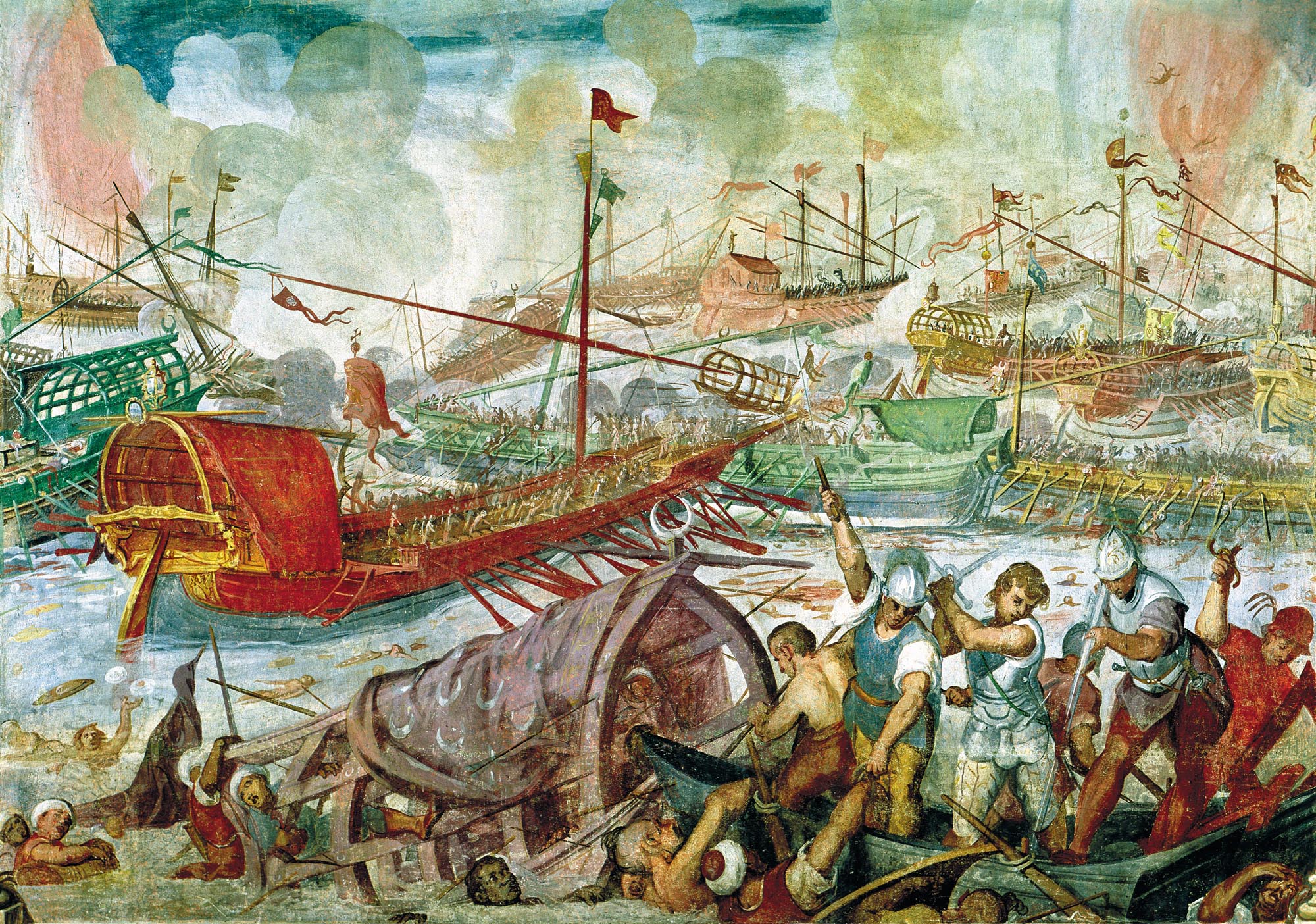
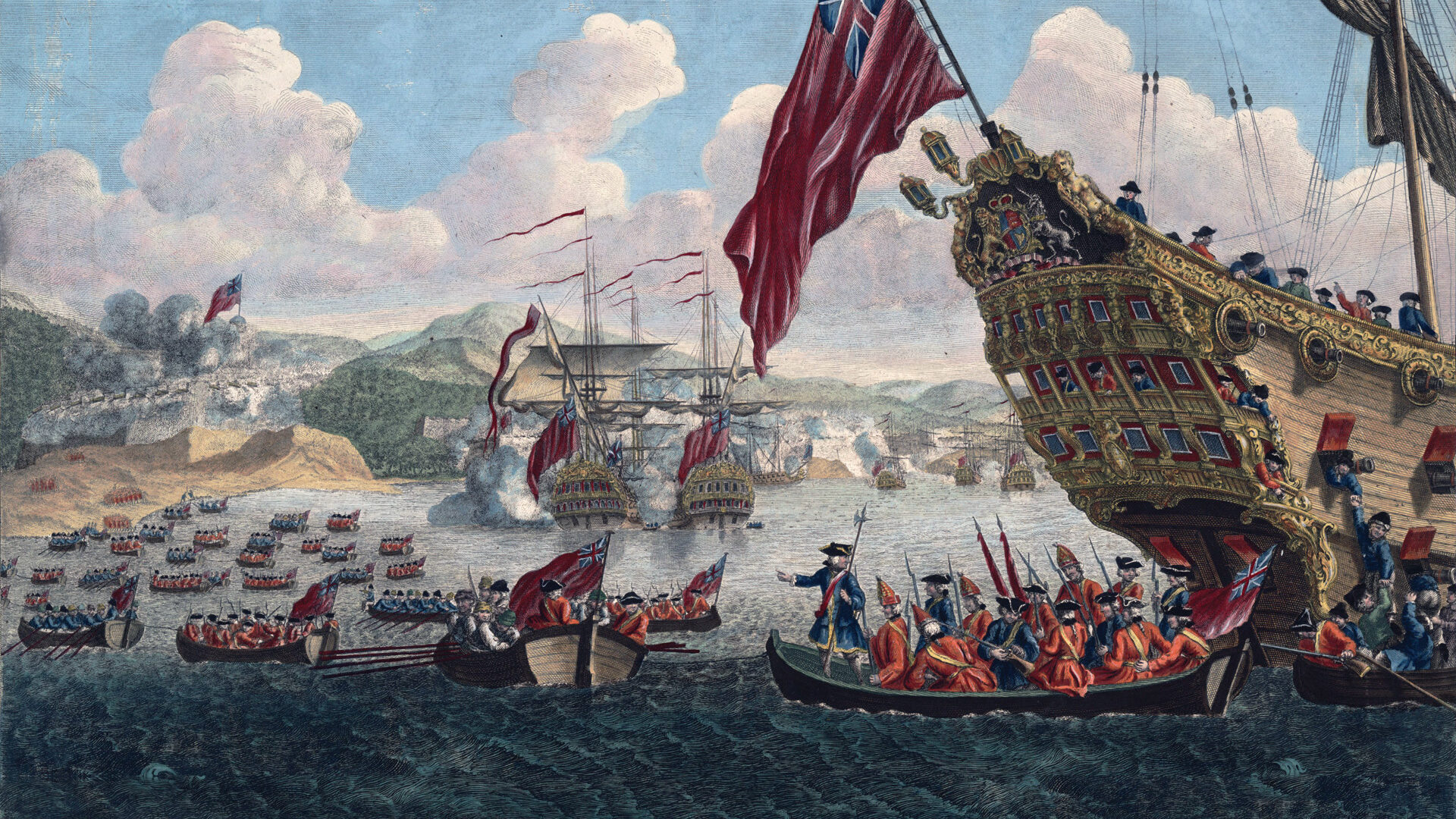

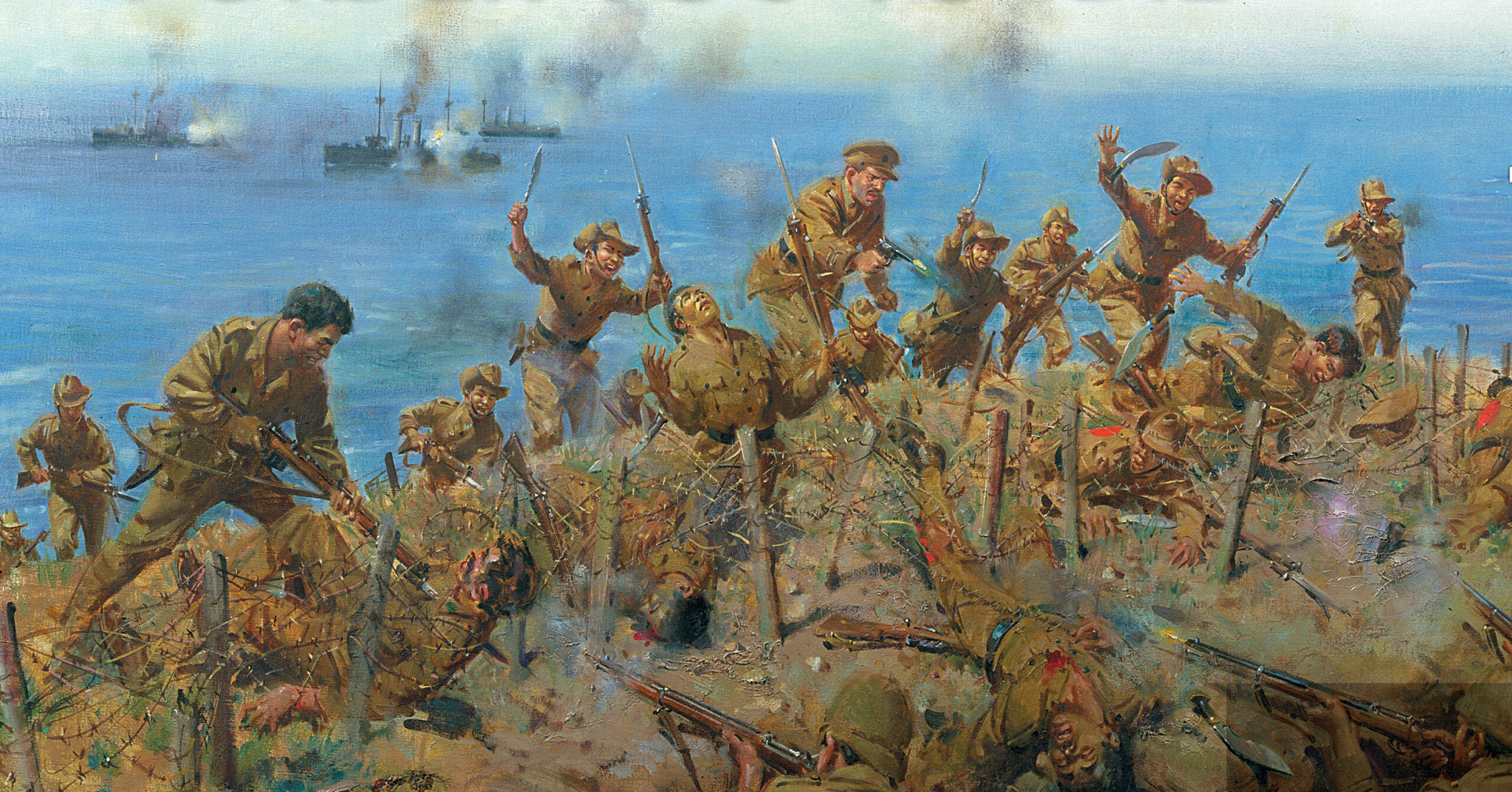
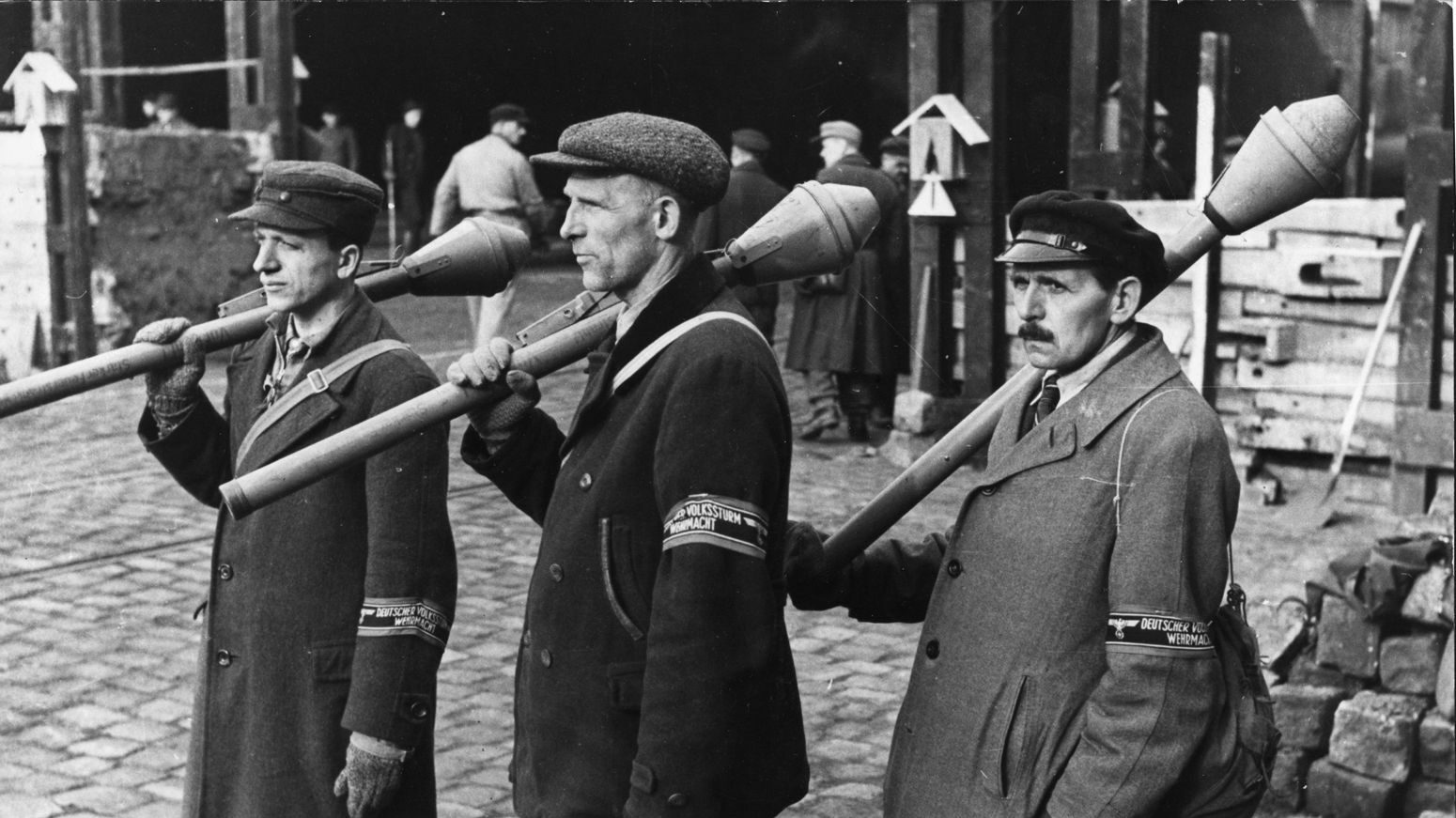
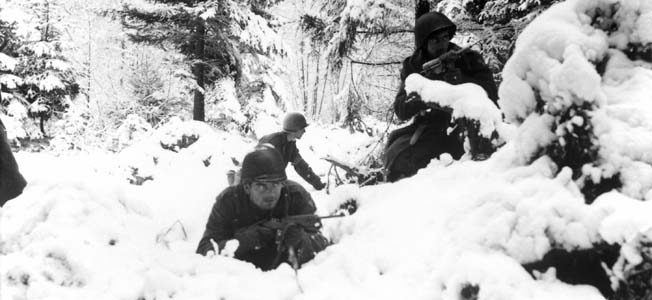
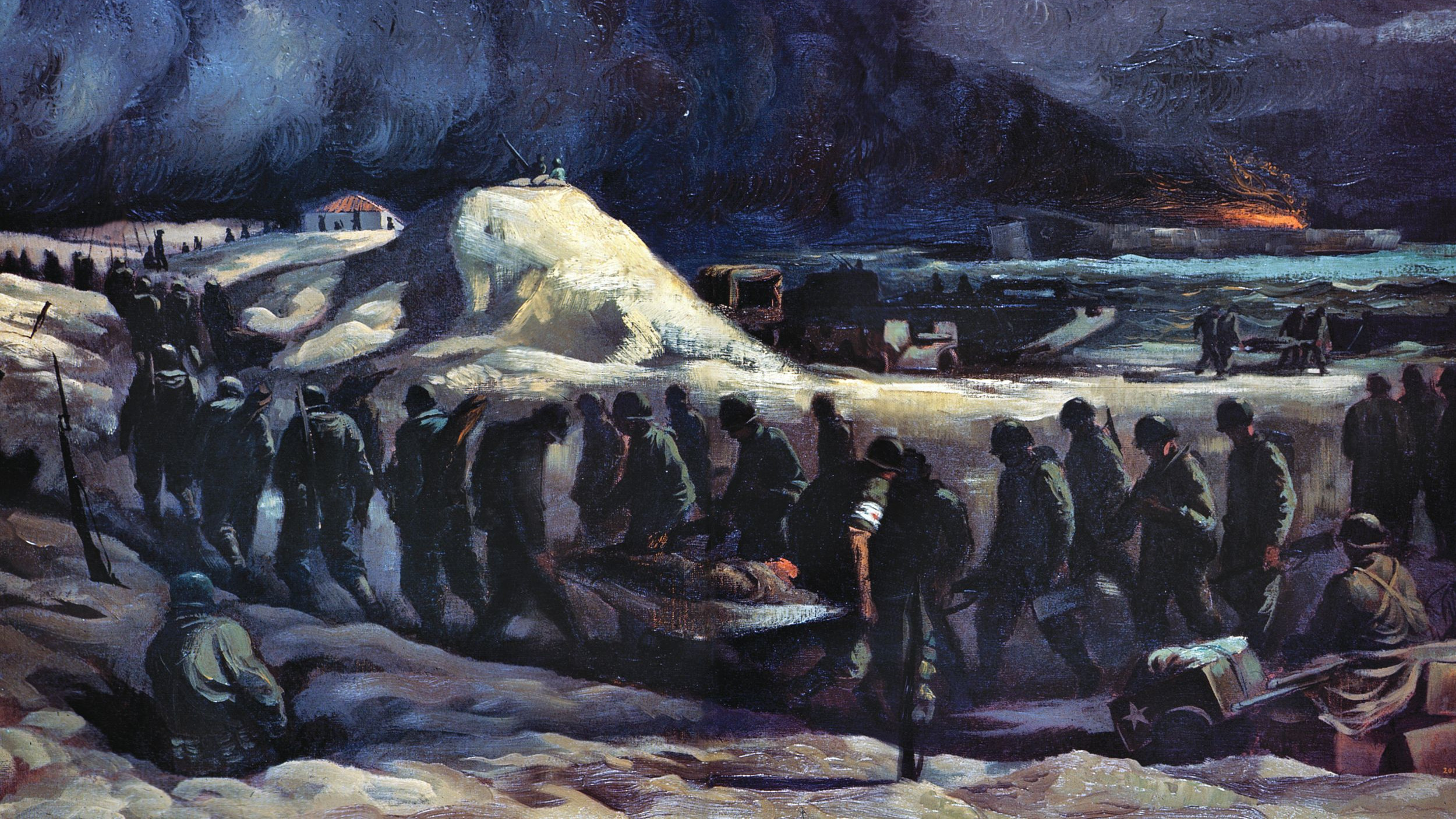
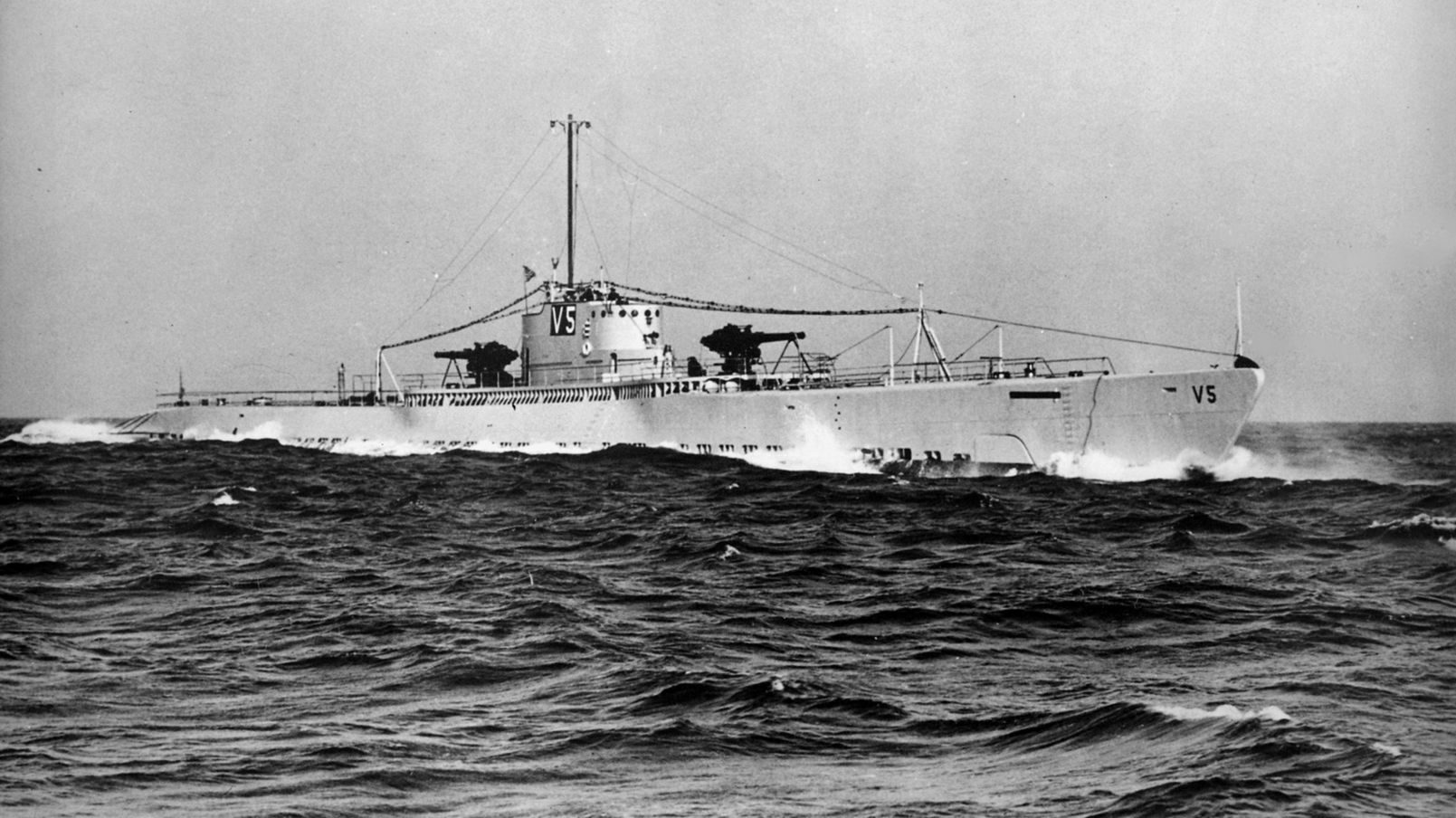
Join The Conversation
Comments
View All Comments